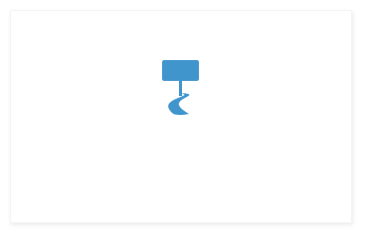Posted on March 23, 2016 by LocAdsAdmin No comments

Buying Mailing Lists
Never stop learning.
It is one of those phrases that translates as “obvious” every time you hear it but you are always glad you did. Learning equates to more awareness and to new and more holistic ways of living, both as a person and a business owner.
On that note, what have you learned about your customers by developing a mailing list of their names, zip codes, ages, preferences, email addresses, number of kids (and their age groups), and general demographic info? (Maybe you have asked your loyal community to take a brief survey in return for a coupon?)
When you understand a bit more about the people who trust you with a part of their paychecks, you can begin to extrapolate your findings to demographically similar and like-minded people who have not yet knocked on your physical or digital doors.
Speaking of calling, it is time to summon your primary mailing list, your notes on your loyal customers’ preferences, and your intuition and turn them into sherpa-like guides to explore direct mail’s land of sometimes uncertain terrain otherwise known as paid-for mailing lists.
The first step is to contact a trustworthy list broker.
Perform an online search and also ask colleagues if they have any names of list brokers. Once you narrow down your list, meet with them to hear their views and to see if their ethos fits well with yours. Also, before working with a list broker, check their references.
Pros
Purchasing lists of potential customers is one way to introduce your products and services to new audiences.
The benefit to calling a list broker is that they have a thorough understanding of their many lists and will give you insights into the best one(s) for you. Remember, the more you know about your current customers, the more value your list broker can provide when you are working together to find new ones.
Once individuals respond to the direct mail piece that you sent to them based on your broker’s list, you are free to add those names to your growing in-house list and database.
Cons
You will pay several hundred dollars per thousand names on a broker’s list and you do not actually buy them. You rent them. Normally it is one rental list per mailing so, if you are thinking about revisiting your prospects with a follow-up mailing based on the same list, it will most likely cost you.
Since the list is not technically yours, you cannot simply cut-and-paste names of prospects into your current database of customers, either. That practice is considered illegal.
Also, response rates for direct mail sent to prospect lists have dwindled to the current median rate of 1 percent (2014); this is a decline from a rate of 2.14 percent in 2003. Data from April of 2015 suggests that the average cost per response was $19.00 for direct mailings sent to current customers although that figure corkscrews upwards to an average of $71.00 for each response generated from paid-for prospect lists.
Hint
List brokers can set up “net-name arrangements” which can potentially save on costs if you decide to rent a mailing list. A net-name arrangement is where the list owner agrees to accept a lower payment based on either a percentage of “names mailed” or the actual number of “names mailed.”
Also, support your mailings with modest ads in a few of the credible publications that cater to your audience. When sending your direct mail campaign off into the wild blue yonder, include tear sheets of your magazine ad(s) to create awareness and bolster your credibility.



Comments